

Articles
How To Store Broth
Modified: March 23, 2024
Learn the best ways to store broth and keep it fresh for longer with these helpful articles. Find out how to store homemade broth and store-bought options.
(Many of the links in this article redirect to a specific reviewed product. Your purchase of these products through affiliate links helps to generate commission for Storables.com, at no extra cost. Learn more)
Introduction
Broth is a versatile and flavorful liquid that adds depth and richness to a variety of dishes. Whether you’ve made a homemade batch or purchased a store-bought broth, it’s important to know how to store it properly to maintain its freshness and taste. In this article, we will explore the reasons to store broth, the importance of choosing the right container, the proper methods for cooling and labeling your broth, as well as tips for long-term storage. We will also discuss how to safely reheat and use stored broth, ensuring that you can enjoy its deliciousness whenever you need it.
Broth is often made by simmering bones, vegetables, herbs, and spices in water for an extended period, resulting in a flavorful liquid. With its rich flavor profile, broth serves as an essential base for soups, stews, sauces, and many other culinary creations. However, it’s not always possible to use an entire batch of broth at once, which is why learning how to store it properly is crucial.
By storing broth correctly, you can extend its shelf life and maintain its quality. This not only reduces food waste but also ensures that you always have a ready-to-use stock on hand for your favorite recipes. Proper storage practices involve selecting the right containers, cooling the broth properly, labeling and dating it, and utilizing appropriate storage methods such as freezing or refrigerating.
In the following sections, we will delve into these topics and provide you with practical tips and techniques to help you store your broth effectively. Whether you’re a home cook or a professional chef, mastering the art of storing broth will elevate your culinary game and allow you to create delicious meals with ease.
Key Takeaways:
- Properly storing broth ensures freshness, reduces waste, and saves time. Choose the right container, cool, label, and store in the freezer or refrigerator for long-lasting, flavorful broth.
- Reheat and use stored broth to enhance various recipes. Thaw, warm gently, and get creative with flavor enhancements. Enjoy the convenience and versatility of well-preserved broth.
Read more: How To Store Beef Broth
Reasons to Store Broth
There are several reasons why it is beneficial to store broth instead of using it all at once. Let’s explore some of these reasons below:
- Convenience: Storing broth allows you to have a ready-to-use ingredient on hand whenever you need it. Whether you’re making a last-minute soup or need to add depth to a sauce, having stored broth readily available saves you time and effort in preparing a fresh batch every time.
- Reducing Food Waste: Broth is often made in large batches, and it’s not always possible to use it all at once. By storing your excess broth, you can prevent it from going to waste. Proper storage ensures its freshness and lets you use it up gradually, avoiding any spoilage or the need to discard unused portions.
- Flavor Preservation: When properly stored, broth maintains its flavor for an extended period. By storing it in a controlled environment, you can preserve the essential nutrients, flavors, and aromas, ensuring that your broth tastes as delicious as the day you made it.
- Cost-Effective: Making broth from scratch can be time-consuming and requires a variety of ingredients. By storing excess broth, you can maximize the value of the ingredients used and save money in the long run. It allows you to stretch your resources by repurposing the broth for multiple meals.
These compelling reasons highlight the advantages of storing broth. Whether you’re a busy home cook or a professional chef, having broth readily available can enhance your cooking experience and elevate the taste of your dishes. Now that we understand the benefits, let’s move on to the next section, which focuses on choosing the right container for storing your broth.
Choosing the Right Container
When it comes to storing broth, choosing the right container is crucial in ensuring its quality and longevity. Here are some factors to consider when selecting a container:
- Airtightness: Opt for containers that have airtight seals to prevent air from entering and spoilage from occurring. This helps maintain the freshness of the broth and extends its shelf life.
- Material: Use containers made of food-safe materials such as glass, stainless steel, or BPA-free plastic. These materials are non-reactive and won’t leach any harmful chemicals into the broth.
- Size and Shape: Choose containers of the appropriate size that allow you to store the desired quantity of broth. It’s also helpful to consider the shape of the container, as some shapes may be easier to stack and organize in your freezer or refrigerator.
- Freezer-Safe: If you plan to freeze your broth, ensure that the container is freezer-safe. Freezing broth in inappropriate containers can lead to cracked containers or freezer burn, compromising the quality of the broth.
- Easy to Label: Select containers that are easy to label. Labeling your broth with the date and contents helps you keep track of its freshness and makes it easier to identify the broth you need when it’s time to use it.
Consider these aspects when choosing the right container for your broth storage needs. Glass mason jars with screw-on lids are a popular choice due to their airtightness, durability, and ease of labeling. BPA-free plastic containers and stainless steel containers with tight-sealing lids are also suitable options.
Remember to check the manufacturer’s guidelines to ensure your chosen containers are suitable for the storage method you plan to use, be it in the freezer or refrigerator. Now that you have an idea of the container considerations, let’s move on to the next section, which covers the process of cooling your broth before storing it.
Cooling the Broth
Properly cooling your broth before storage is essential to maintain its freshness and prevent bacterial growth. Follow these steps to ensure the safe cooling of your broth:
- Remove from Heat: Once your broth is done simmering, remove it from the heat source. This allows the broth to cool down gradually and prevents it from overcooking or becoming too concentrated.
- Skim Off Fat and Impurities: Before cooling, skim off any excess fat or impurities that may have risen to the surface of the broth. This process helps clarify the broth and improves its flavor and appearance.
- Transfer to a Wide Container: Transfer the broth to a wide, shallow container. This allows for faster and more even cooling compared to using a deep container. It’s important not to fill the container completely, leaving some space for expansion as the broth cools and freezes (if freezing).
- Place in an Ice Bath: Create an ice bath in your sink or a large bowl filled with ice and water. Place the container of broth in the ice bath to speed up the cooling process. Stir gently to help distribute the cold temperature evenly throughout the broth.
- Cool to Room Temperature: Let the broth cool in the ice bath until it reaches room temperature. This typically takes around 1-2 hours. Avoid leaving the broth out at room temperature for an extended period, as it can enter the “danger zone” where bacteria can multiply rapidly.
By properly cooling your broth before storage, you significantly reduce the risk of bacterial growth and spoilage. This ensures that your broth remains safe and fresh for an extended period. Once your broth has cooled to room temperature, it is ready to be stored. The next section will discuss the importance of labeling and dating your stored broth.
Labeling and Dating
Labeling and dating your stored broth is a simple yet crucial step in maintaining an organized and efficient storage system. Here’s why it’s important and how to do it:
Easy Identification: Labeling your broth allows you to easily identify its contents without having to open and inspect each container. This is especially helpful if you store multiple types of broths or different flavors.
Date Tracking: By dating your broth, you can keep track of its freshness and ensure that you use it within a reasonable timeframe. It’s recommended to use or consume stored broth within 3-4 months for optimal quality.
Instructions and Notes: Labeling also provides an opportunity to include additional information such as cooking instructions or any notes specific to that batch of broth. This can be especially helpful if you have experimented with different variations or have specific uses in mind.
To label your stored broth, follow these simple guidelines:
- Contents: Clearly indicate the type of broth, such as chicken, beef, vegetable, or any other flavors or variations. This helps you quickly identify the broth you need for your recipes.
- Date: Write down the date of preparation or storage. Use a permanent marker or labels with enough space to include the month, day, and year.
- Additional Information: If desired, include any additional notes or instructions, such as salt content, specific seasonings used, or any other relevant details.
Place the label on the container in a visible and easily readable location. It’s also a good practice to remove the label from the container before discarding or reusing it to avoid confusion or cross-contamination.
By labeling and dating your stored broth, you can ensure that you use it within its recommended timeframe and easily locate the specific broth you need for your recipes. The next sections will cover the proper methods for freezing and refrigerating your broth for long-term storage.
Store broth in airtight containers in the refrigerator for up to 4 days, or freeze in ice cube trays for easy portioning and use within 3 months.
Read more: How To Store Chicken Broth
Freezing Broth
Freezing broth is a convenient method of long-term storage that allows you to preserve its freshness and flavor for several months. Follow these steps to properly freeze your broth:
- Cool Completely: Ensure that your broth has cooled completely to room temperature before freezing. This prevents condensation from forming inside the container and maintains the quality of the broth.
- Choose Freezer-Safe Containers: Use containers that are specifically designed for freezer storage. These can include freezer-safe plastic containers, glass jars with wide mouths, or even heavy-duty plastic bags. Make sure the containers are airtight to prevent freezer burn.
- Leave Room for Expansion: When filling your containers, leave some space at the top to allow for expansion as the broth freezes. Liquids tend to expand when frozen, and this extra space prevents containers from cracking or bursting.
- Label and Date: Before sealing your containers, label them with the type of broth and the date of freezing. This helps with easy identification and ensures that you use the oldest broth first.
- Freeze Flat: If using plastic bags, lay them flat on a baking sheet or tray before placing them in the freezer. This allows the broth to freeze in a thin, flat shape, making it easier to stack and store in limited freezer space.
- Stack and Organize: Once your broth is frozen, stack and organize the containers in your freezer for easy access. Arrange them in a way that works best for your available space, ensuring that you can easily locate the specific broth you need.
Properly frozen broth can maintain its quality for 3-4 months. However, for best results, try to use it within the first 2-3 months. Remember to thaw frozen broth in the refrigerator overnight before using it. It can also be added directly to soups and stews while still frozen, allowing it to thaw and heat up during the cooking process.
Freezing broth is a fantastic way to extend its shelf life and have a readily available stock for your culinary adventures. The next section will cover the alternative method of refrigerating broth for short-term storage.
Refrigerating Broth
Refrigerating broth is an excellent option if you plan to use it within a shorter timeframe, typically within 3-4 days. Follow these steps to properly refrigerate your broth:
- Cool Completely: Similar to freezing, ensure that your broth has cooled completely to room temperature before refrigerating. This prevents the buildup of condensation and maintains the quality of the broth.
- Use Airtight Containers: Transfer the cooled broth to airtight containers, such as glass jars or food-grade plastic containers with tight lids. Airtight containers help prevent the absorption of any odors from the refrigerator and help maintain the freshness of the broth.
- Label and Date: Before storing in the refrigerator, label each container with the type of broth and the date it was prepared or stored. Properly labeled containers make it easier to identify the broth and ensure that you use it within the recommended timeframe.
- Place in the Refrigerator: Put the tightly sealed containers of broth in the refrigerator. To optimize space, stack them neatly, making sure there is sufficient space around them for proper airflow and temperature regulation.
- Use Within the Recommended Timeframe: Refrigerated broth should be used within 3-4 days to maintain its freshness and safety. Always check for any signs of spoilage, such as an off smell or unusual texture, before using refrigerated broth.
Refrigerating broth is a convenient option when you plan to use it within a few days. It allows for easy access and quick integration into your recipes. If you don’t anticipate using the broth within the recommended timeframe, it’s best to freeze it for longer storage.
Remember to handle refrigerated broth safely and practice proper food safety guidelines. If you’re unsure about the quality or safety of the broth, it’s best to err on the side of caution and discard it. Now that you know how to store both broth in the freezer and refrigerator, let’s move on to some additional tips for long-term storage.
Tips for Long-Term Broth Storage
If you plan to store broth for an extended period, whether in the freezer or refrigerator, here are some additional tips to ensure its long-term quality:
- Use Quality Ingredients: Start with high-quality ingredients when making your broth. This ensures a rich and flavorful base that will hold up well during storage.
- Strain and Clarify: Strain your broth carefully to remove any solids or impurities. This helps prevent off flavors and maintains a clear and smooth texture.
- Avoid Overseasoning: When preparing your broth, avoid overseasoning with salt or strong spices. This allows for greater flexibility when using the broth in various recipes after storage.
- Portion Control: Consider portioning your broth before storing it. This way, you can easily thaw or use the amount you need without having to defrost the entire container.
- Regularly Check for Spoilage: Even when properly stored, it’s important to check for any signs of spoilage before using your stored broth. This includes off smells, unusual colors, or signs of mold. If in doubt, discard the broth.
- Rotate Stock: To ensure that you always have a fresh batch of broth on hand, practice a “first in, first out” system. Use stored broth in a timely manner and rotate your stock accordingly.
- Keep Track of Dates: Be diligent about labeling and dating your stored broth. Keep a record of when each batch was made or frozen to help you track its freshness.
Following these tips will help you maintain the quality and safety of your stored broth. Whether you’re a home cook or a professional chef, having well-preserved broth on hand can elevate the flavors of your dishes and simplify your cooking process.
Now that you know how to store broth, whether by freezing or refrigerating, and have some valuable tips for long-term storage, let’s move on to the next section, which will cover the proper methods of reheating and utilizing stored broth in your recipes.
Reheating and Using Stored Broth
When it’s time to use your stored broth, proper reheating ensures that it’s safe to consume and maintains its delicious flavor. Here are some guidelines for reheating and utilizing your stored broth:
- Thawing Frozen Broth: If you stored your broth in the freezer, thaw it in the refrigerator overnight before using. This gradual thawing process helps preserve the quality of the broth.
- Reheating Frozen or Refrigerated Broth: To reheat your stored broth, pour it into a pot and gently warm it over medium-low heat. Stir occasionally to ensure even heating. Avoid boiling the broth, as it can affect the taste and texture.
- Using in Recipes: Utilize your stored broth in various recipes, such as soups, stews, sauces, and braises. It adds depth and richness to your dishes and enhances the overall flavor profile.
- Stretching Flavor: If you find your broth is too concentrated or intense in flavor, you can dilute it with water or other liquids to achieve the desired taste. This allows you to stretch the use of your broth and adjust it to individual recipes.
- Flavor Enhancements: Customize your stored broth by adding additional herbs, spices, or aromatics to suit specific recipes. This flexibility allows for versatility and creativity in your culinary endeavors.
- Broth-Based Beverages: Don’t limit the use of your broth to just savory dishes. You can also utilize it as a base for flavorful beverages such as hot sipping broths or as a unique addition to cocktails or mocktails.
When utilizing stored broth, always consider food safety guidelines. Once reheated, use the broth within a few days, and refrigerate any leftovers promptly.
Stored broth is a valuable ingredient that enhances the taste and elevates the quality of your recipes. Get creative and experiment with different ways to incorporate it into your cooking and baking projects.
With these reheating and usage tips, you can confidently make the most of your stored broth and enjoy its rich flavors in a variety of culinary creations. In the final section, we will conclude with a summary of the key points discussed in this article.
Read more: How To Store Bone Broth
Conclusion
Properly storing broth is essential for maintaining its freshness, flavor, and quality. Whether you choose to freeze or refrigerate your broth, following the right techniques and guidelines ensures that you can enjoy it for an extended period of time. By choosing the right container, cooling the broth properly, labeling and dating, and utilizing appropriate storage methods, you can maximize the shelf life of your broth and reduce food waste.
Freezing broth allows you to preserve it for several months, while refrigerating it is suitable for shorter-term storage. Both methods have their advantages and should be selected based on your specific needs.
To make the most of your stored broth, remember to properly thaw and reheat it before using it in your recipes. This ensures that it is safe to consume while retaining its delicious flavors.
Additionally, by following basic food safety guidelines, regularly checking for spoilage, and rotating your stock, you can ensure that your stored broth remains fresh and safe for consumption. Don’t forget to label and date your containers for easy identification and tracking.
Stored broth is a versatile ingredient that can add depth and complexity to a wide range of dishes, such as soups, stews, sauces, and more. Take advantage of its rich flavors to enhance your culinary creations and experiment with different variations and uses.
By mastering the art of storing broth, you can have a ready-to-use stock on hand whenever you need it, saving you time and effort in the kitchen. So, whether you’re a home cook or a professional chef, take the time to store your broth properly and enjoy its delicious taste in your favorite recipes.
Now that you have the knowledge and techniques for storing broth effectively, it’s time to put them into practice. Start utilizing those leftover batches of broth and elevate your cooking with the incredible depth and richness it brings!
Frequently Asked Questions about How To Store Broth
Was this page helpful?
At Storables.com, we guarantee accurate and reliable information. Our content, validated by Expert Board Contributors, is crafted following stringent Editorial Policies. We're committed to providing you with well-researched, expert-backed insights for all your informational needs.
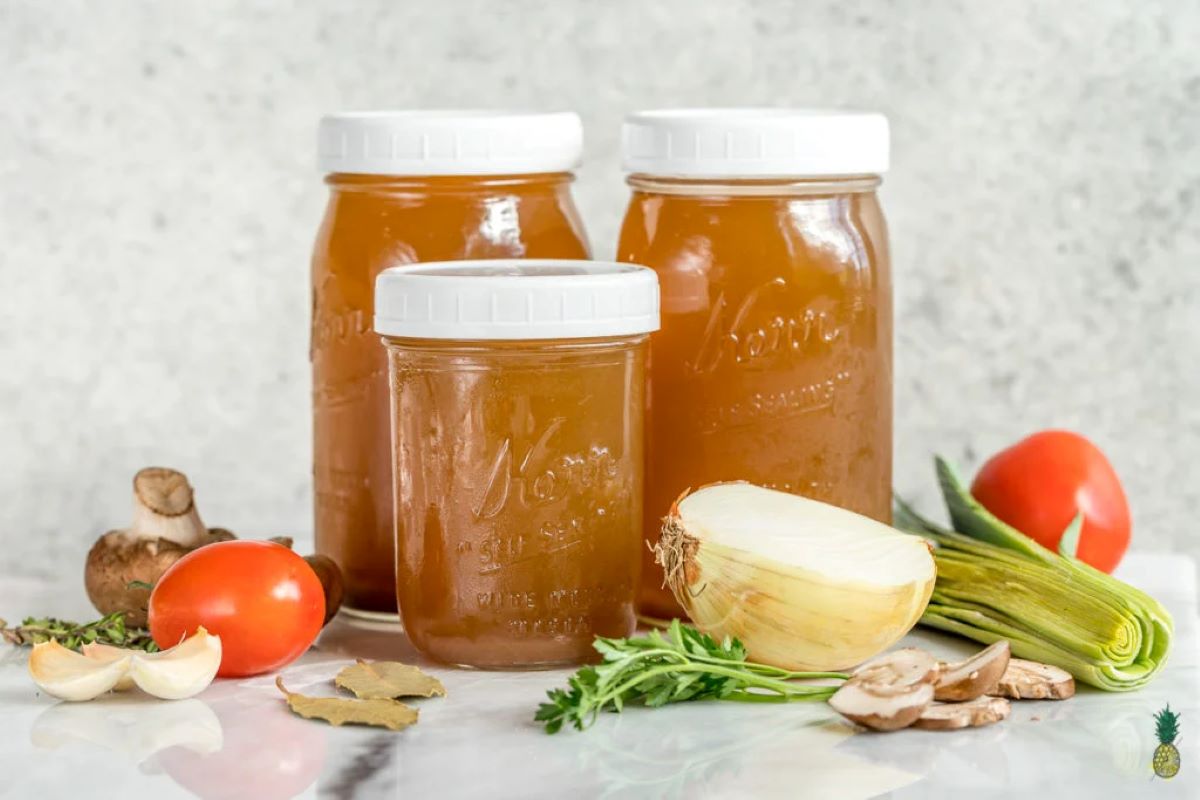
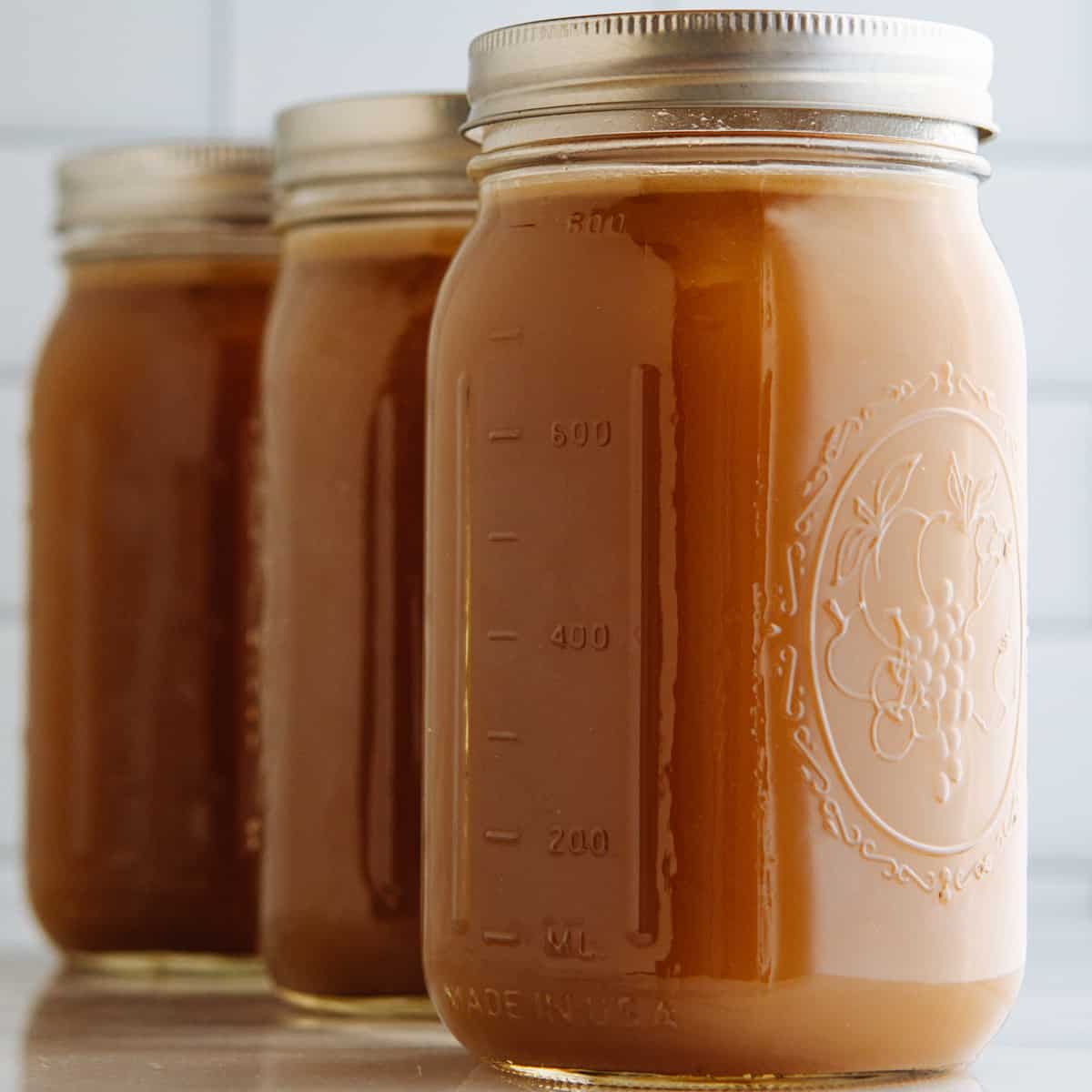

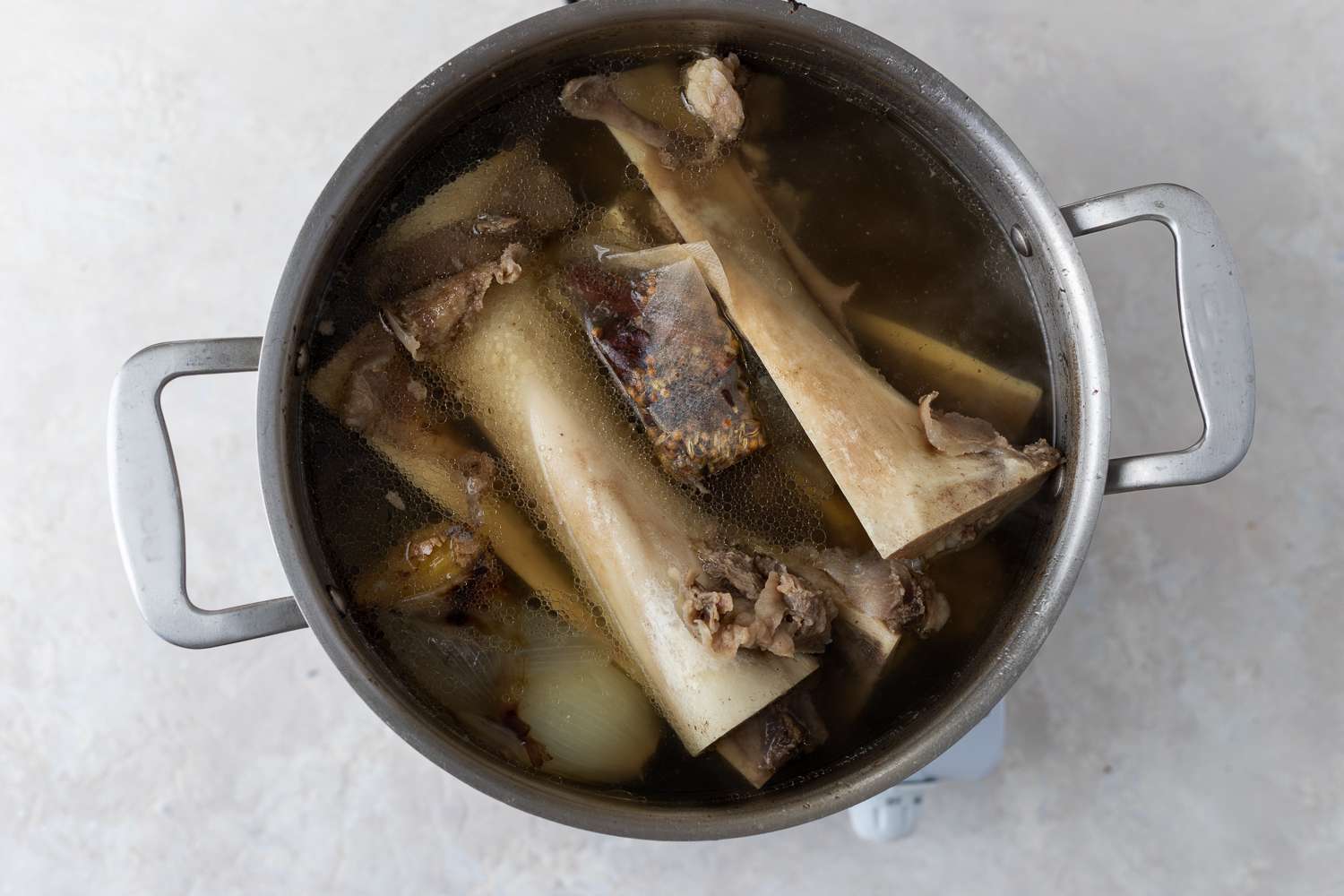
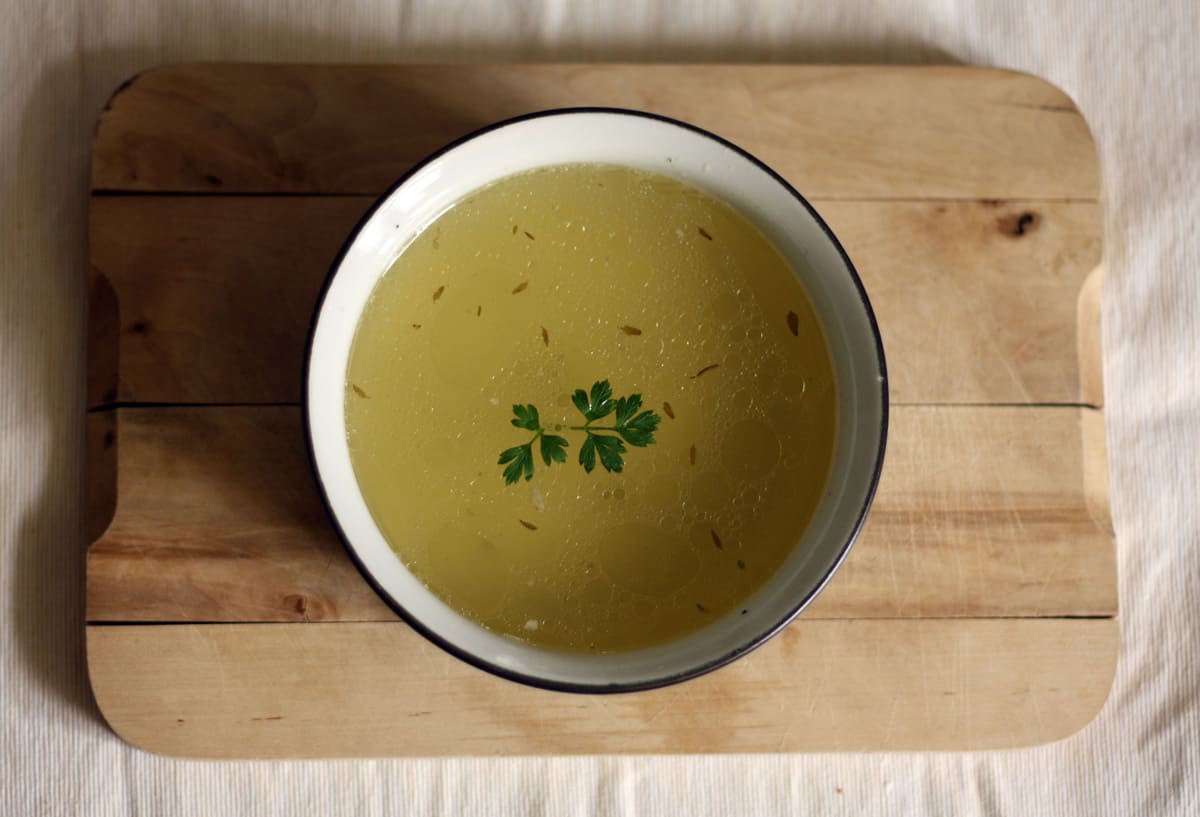
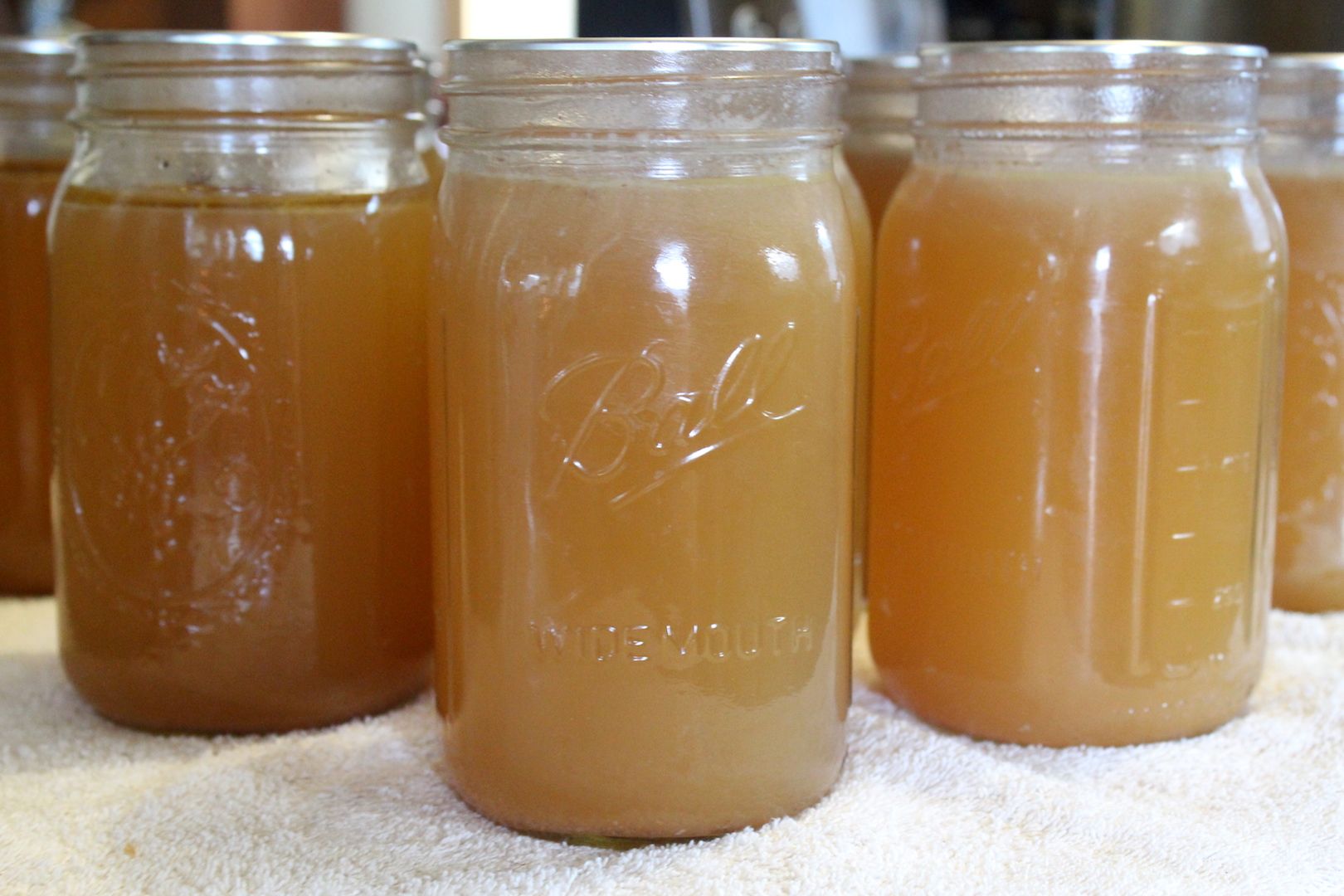
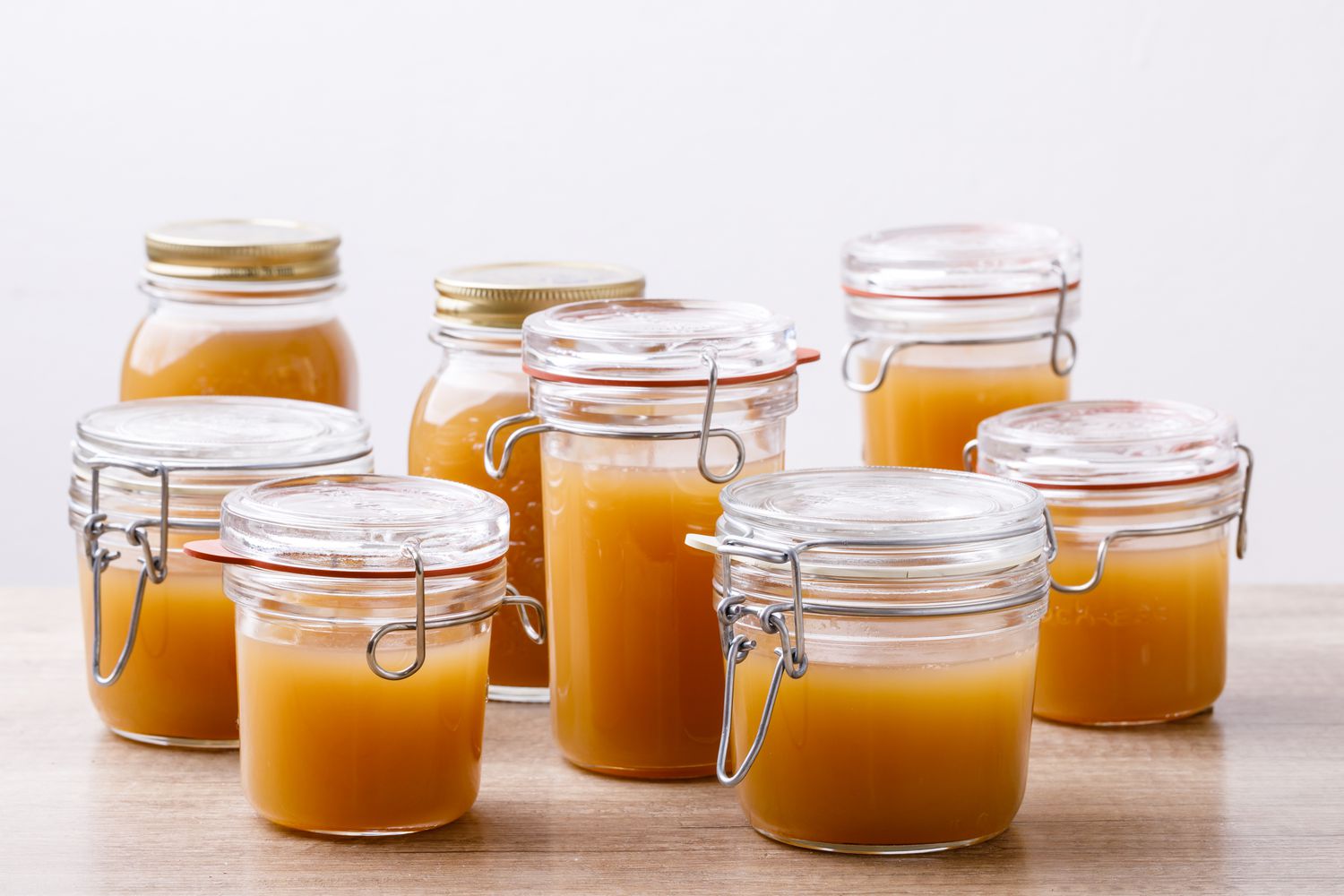
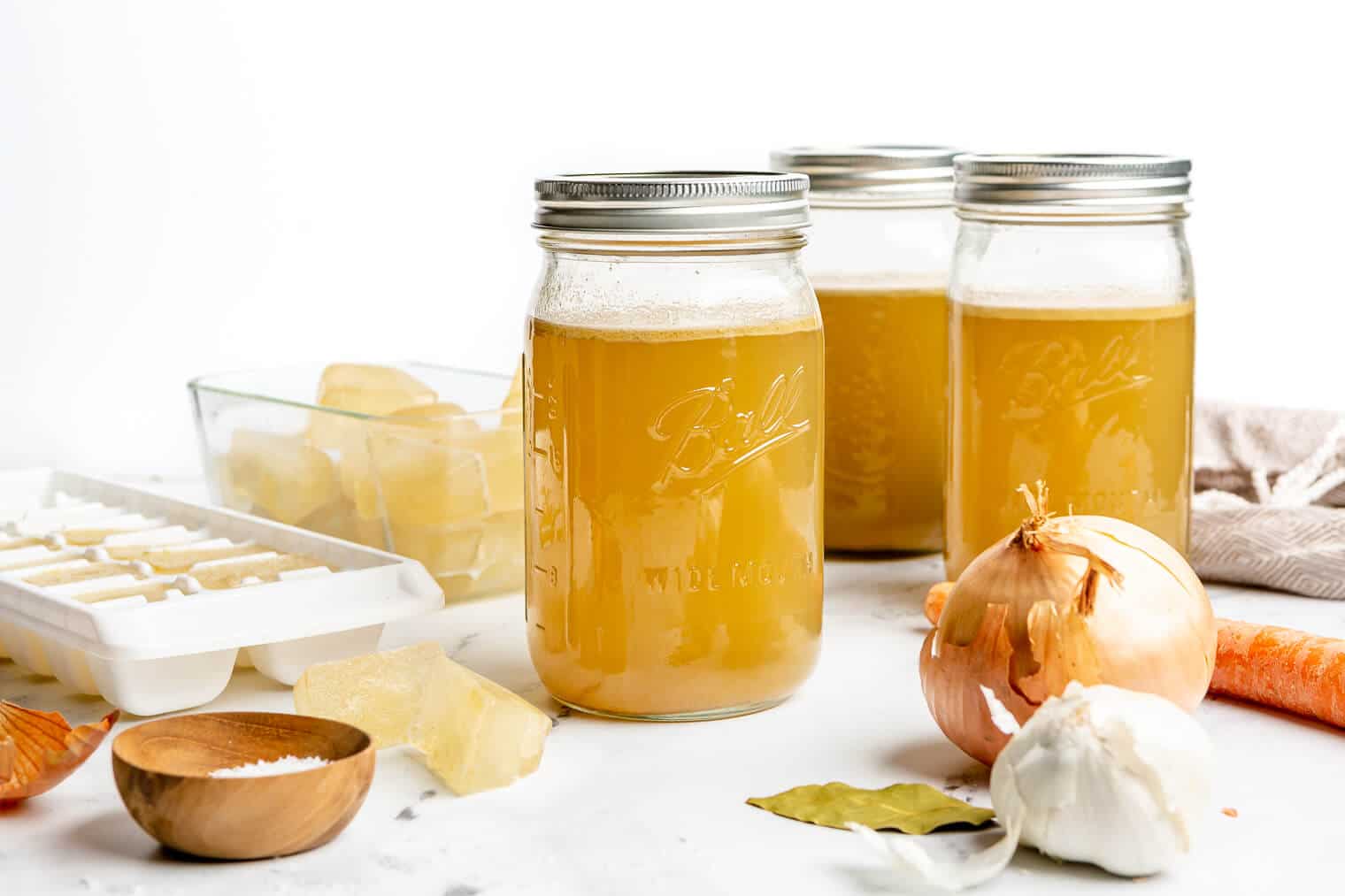


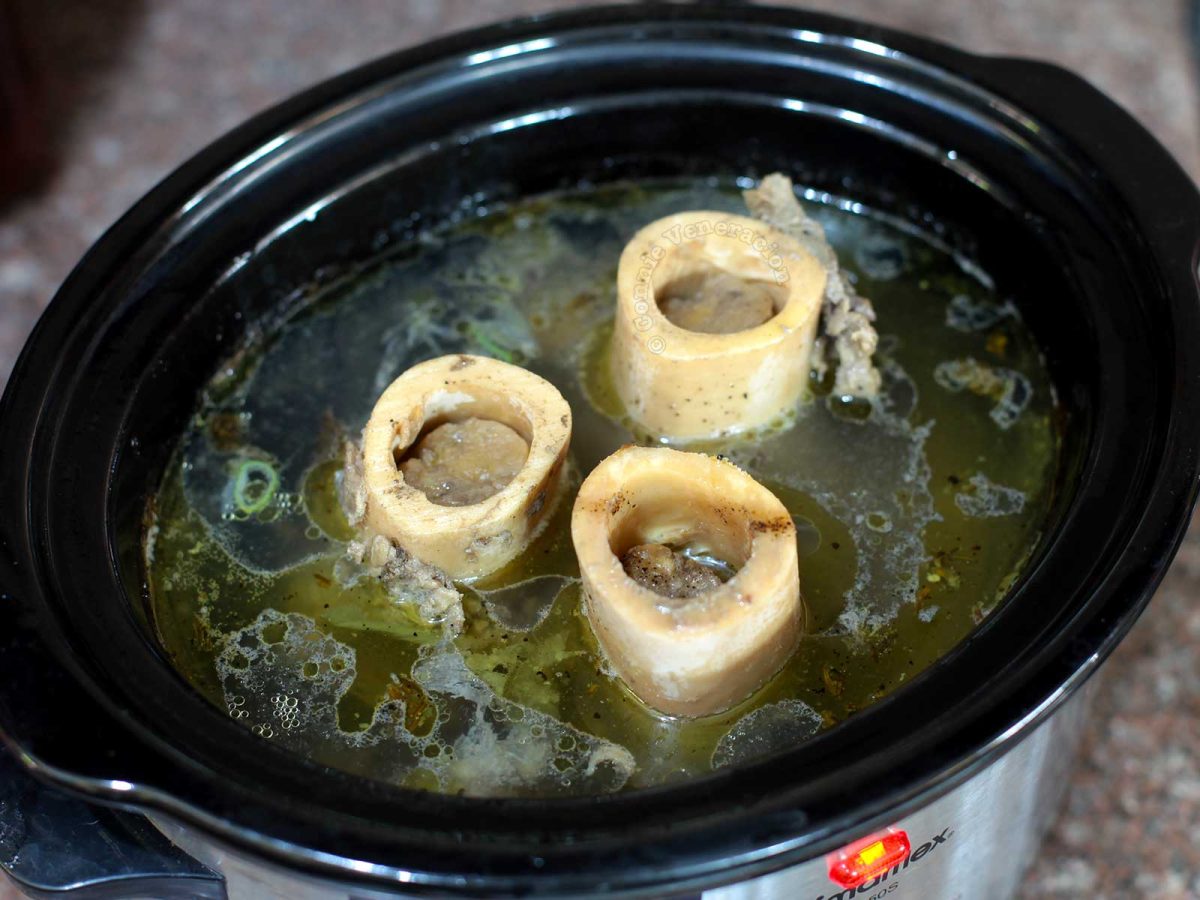
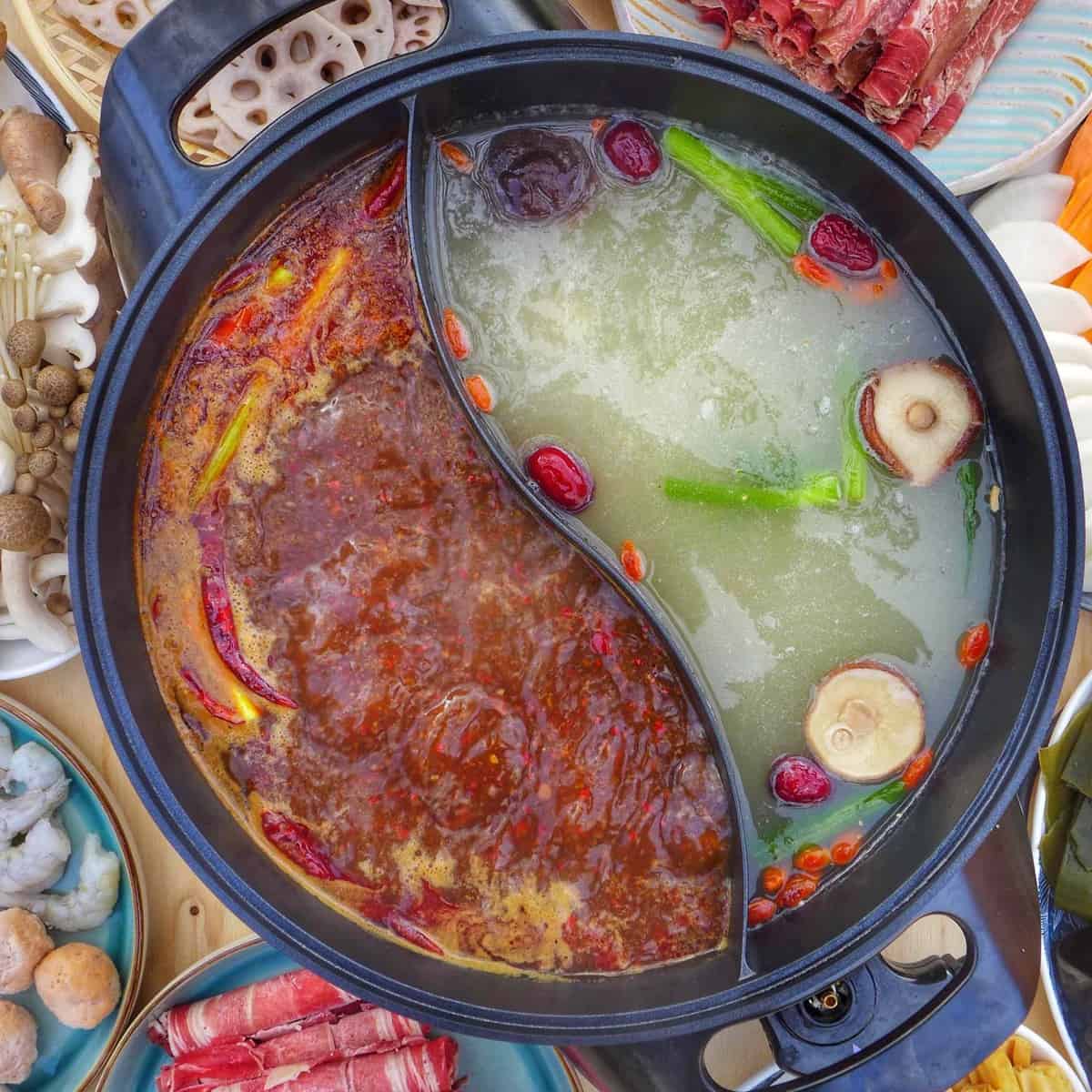


0 thoughts on “How To Store Broth”